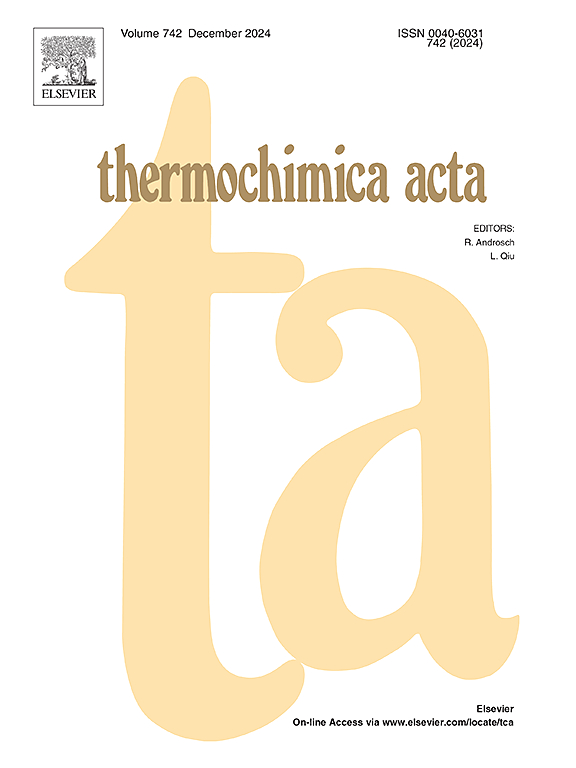在中、高浓度二氧化碳环境中冷却时生石灰的碳酸化
IF 3.1
2区 化学
Q2 CHEMISTRY, ANALYTICAL
引用次数: 0
摘要
在含有中(~ 30%)和高(~ 100%)CO2浓度的气氛中煅烧4种石灰石,并使用热重分析研究了速石灰在这些气氛中冷却时的碳化特性。碳酸化速率、程度和起始温度因大气和母岩类型而异。扫描电镜结果表明,沉积灰岩的生石灰在高CO2气氛下煅烧后孔隙较大,结构较厚。由变质灰岩生成的速溶石灰具有孔隙较小、结构较细的特点,煅烧气氛对速溶石灰的影响不大。而变质灰岩在不同大气条件下煅烧后生成的生石灰,其碳酸化程度差异较大,碳酸化速率也普遍较高。所有碳酸化生石灰均有孔隙充填现象。实际上,结果表明,当在含有中等或高水平二氧化碳的大气中进行冷却时,所有测试的速溶石灰都会发生显著的碳酸化。这对可能发生这种情况的过程有影响,特别是如果过度碳化是不可接受的;例如,在电气化石灰基生产窑的冷却区。本文章由计算机程序翻译,如有差异,请以英文原文为准。
Carbonation of quicklimes during cooling in moderate and high CO2 atmospheres
Four limestones were calcined in atmospheres containing moderate (30%) and high (100%) CO2 levels, and the carbonation characteristics of the quicklimes during cooling in these atmospheres were studied using thermogravimetric analysis. The carbonation rates, extents, and onset temperatures varied depending on the atmosphere and parent limestone type. Scanning electron microscopy showed that the quicklimes produced from sedimentary limestones exhibited larger pores and thicker structures, especially after calcination in the high CO2 atmosphere. The quicklimes produced from metamorphic limestones exhibited smaller pores among finer structures, with no major observed differences due to the different calcination atmospheres. However, the carbonation extents differed more in the quicklimes produced from metamorphic limestones after calcination in the different atmospheres, and their carbonation rates were also generally higher. Pore filling was observed in all carbonated quicklimes. Practically, the results indicate significant carbonation of all the tested quicklimes when cooling is conducted in atmospheres containing moderate or high levels of CO2. This has ramifications for processes where such conditions can occur, especially if excessive carbonation is unacceptable; e.g., in the cooling zone of electrified lime-based production kilns.
求助全文
通过发布文献求助,成功后即可免费获取论文全文。
去求助
来源期刊

Thermochimica Acta
化学-分析化学
CiteScore
6.50
自引率
8.60%
发文量
210
审稿时长
40 days
期刊介绍:
Thermochimica Acta publishes original research contributions covering all aspects of thermoanalytical and calorimetric methods and their application to experimental chemistry, physics, biology and engineering. The journal aims to span the whole range from fundamental research to practical application.
The journal focuses on the research that advances physical and analytical science of thermal phenomena. Therefore, the manuscripts are expected to provide important insights into the thermal phenomena studied or to propose significant improvements of analytical or computational techniques employed in thermal studies. Manuscripts that report the results of routine thermal measurements are not suitable for publication in Thermochimica Acta.
The journal particularly welcomes papers from newly emerging areas as well as from the traditional strength areas:
- New and improved instrumentation and methods
- Thermal properties and behavior of materials
- Kinetics of thermally stimulated processes
 求助内容:
求助内容: 应助结果提醒方式:
应助结果提醒方式:


